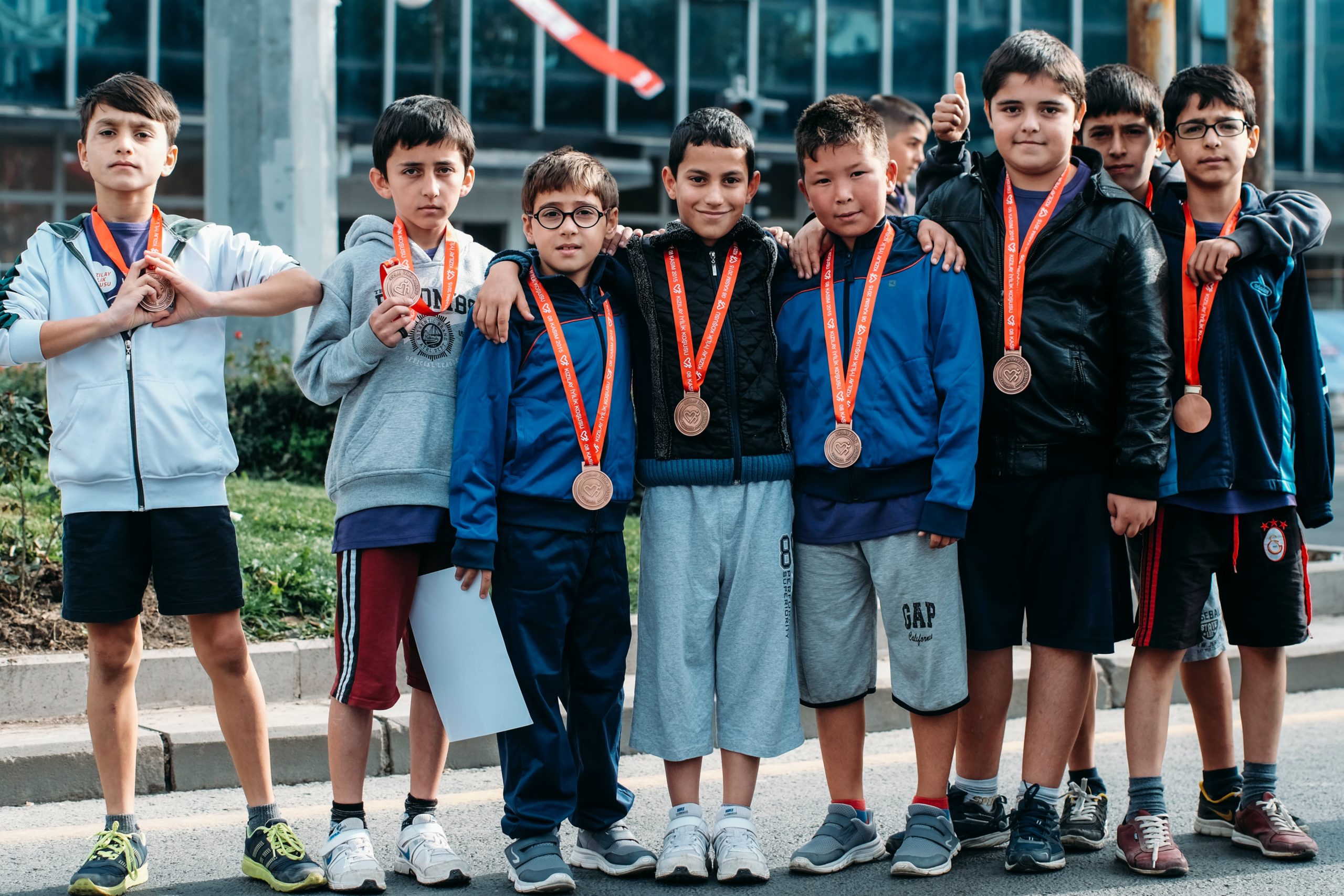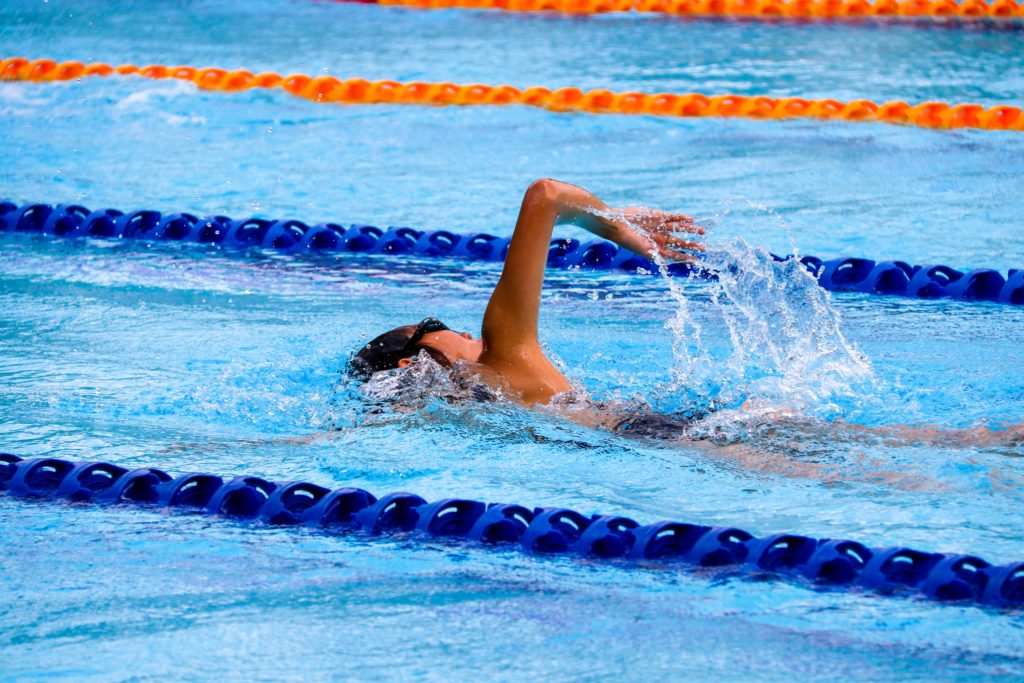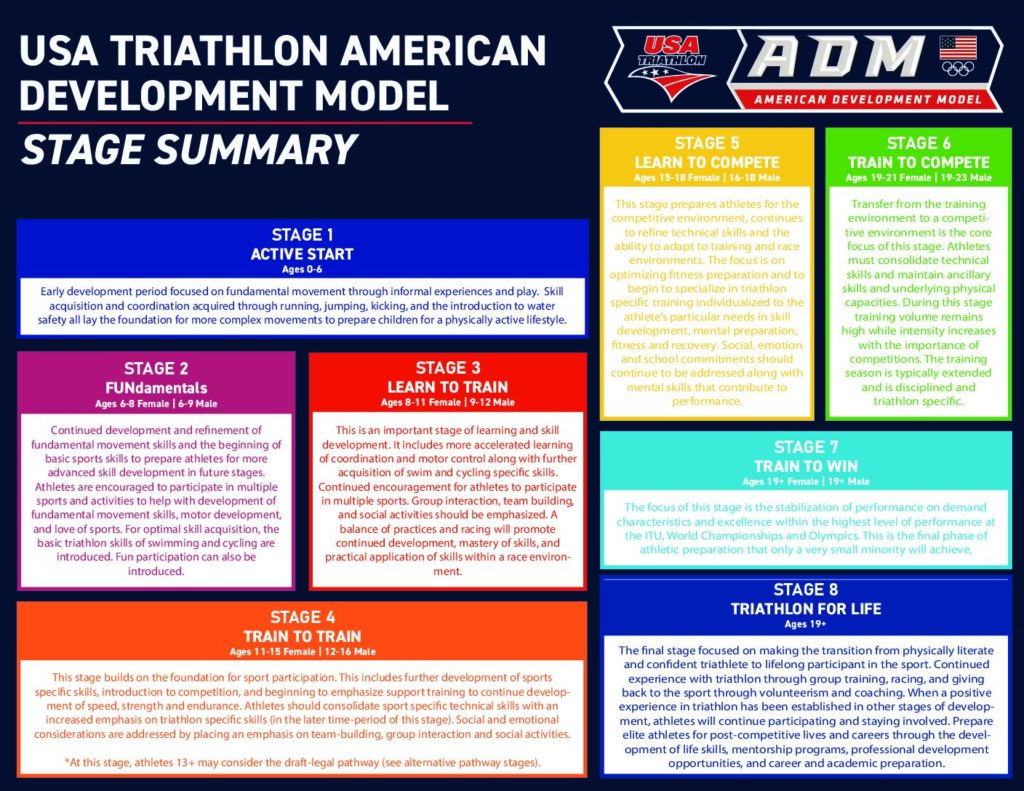Could Triathlon Become the Next Big Youth Sport?
For triathlon to become a mainstay youth sport, education and accessibility are the keys to it’s success.

As spring ekes out through the winter melt, local parks are filled with tiny-cleated kids trying their feet at soccer for the first time. It’s perhaps a childhood rite of passage—chasing a ball with a handful of other kids and maybe taking a kick.
Youth triathlon, though? Multisport for kids is virtually unheard of, but that may be changing as education and opportunities have surged over the past 20 years, says Michael Harlow, founder and head coach of Endorphin Fitness, founder and executive director of Live Red Foundation, and a level-3 USAT coach who works with youth athletes.
“Youth triathlon has been the fastest growing segment of triathlon,” Harlow says.

While the term youth is loosely defined, most organizations break it down like this, Harlow explains: The youth age group covers kids ages 17 and under (drafting on the bike is illegal in this division), youth development includes kids ages 13 to 15, and junior development includes kids ages 16 to 19. The latter two groups are designed to groom exceptionally talented kids, and those groups require qualification into the national championships.
One could argue that triathlon has three times the benefits as swimming, cycling, and running on their own. Harlow, perhaps biased, says, “Mentally and physically, triathlon is the best sport out there.”
But there is something to be said about working across disciplines, particularly when it comes to avoiding burnout and injury from overuse.
“The typical pattern of a high school runner is to peak around sophomore year and then decline,” Harlow says. But with high school runners who are also triathletes, Harlow says they can continue to progress.
“I think that’s due to more balance when it comes to muscular use and more balance mentally, instead of just running,” he says.
For example, a high school triathlete will train some 15 hours per week across three aerobic modalities, “delving into this huge engine,” Harlow explains.
“Burnout and injury are the limiting factors for success for junior athletes,” he says. “The beauty of triathlon is it can be a lifelong sport.”

Although youth triathlon is growing, without more awareness, education, and opportunities that growth will stagnate. Harlow says that triathlon isn’t a school sport until you reach collegiate level, and even then, it’s often a club or intramural instead of an NCAA-sanctioned activity.
“Unfortunately we don’t get much nudging from [single-sport] coaches,” Harlow says. “It’s more triathlon coaches who observe strong swimmers and runners and telling them to try triathlon.”
Harlow says he and his Endorphin Fitness team are trying to bridge the communication gap between the sport of triathlon and single-sport coaches, who, he notes, might worry about losing star athletes to another sport.
“There’s a lack of emphasis on building a community of support around young athletes in the form of clubs and teams, school programs, and casual meetups,” says Earl Walton, director of education at USAT with a focus on youth coaching.
And then there’s the cost. Running is fairly inexpensive. Soccer and swimming don’t require much gear, which keeps prices down. But triathlon includes not only the expensive sport of cycling but travel to clinics and races.
USAT is making a concerted effort to break down barriers for accessibility to the sport, including its Splash and Dash series, which will host 50 events this year. The swim-run event introduces kids to multisport activity and takes out the barrier of cycling, Harlow says.
“The more coaches and the USAT can lend support to coaches—financial, travel support, race accessibility—we can lend support to [youth] triathletes,” Harlow says, noting that this year, USAT eliminated sanctioning fees for youth races.
“You can now put on a USAT-sanctioned event for kids without that fee,” Harlow says.
And nearly 200 race directors and clubs have gifted USAT youth memberships this year, Walton says.
That will allow younger athletes, especially those in low-opportunity neighborhoods, a chance to participate.
“We need to make the sport more accessible and more common,” Harlow says.
Harlow’s company, Endorphin Fitness, for example, holds clinics in preparation for upcoming races, and USAT holds junior development clinics for higher-level youth athletes.
Walton shared that this year, Lake Superior State and Cal Poly Humboldt added a women’s varsity triathlon program to bring the total women’s varsity programming to 40. That means triathlon is considered sustainable at the NCAA varsity level.
“We’re just a few steps away from becoming an NCAA championship sport,” Walton says.
USAT has also built a triathlon-focused American Development Model (ADM) that outlines eight stages, including active start, fundamentals, learn to train, train to train, learn to compete, train to compete, train to win, and triathlon for life. This model is designed to avoid burnout by encouraging multi-sport participation versus early specialization for young athletes and focusing on foundational skill development.
When Harlow first entered the sport, he was 10 years old, and there was no such thing as “youth” triathlon. He competed with adults and no one properly coached or trained his growing body. That experience inspired him to create a youth-specific coaching program within Endorphin Fitness.
“Multisport can prepare kids for their other sports and it teaches them so much about themselves,” Harlow says


